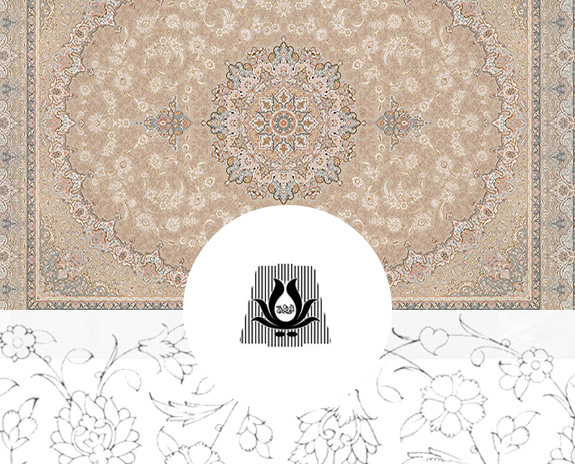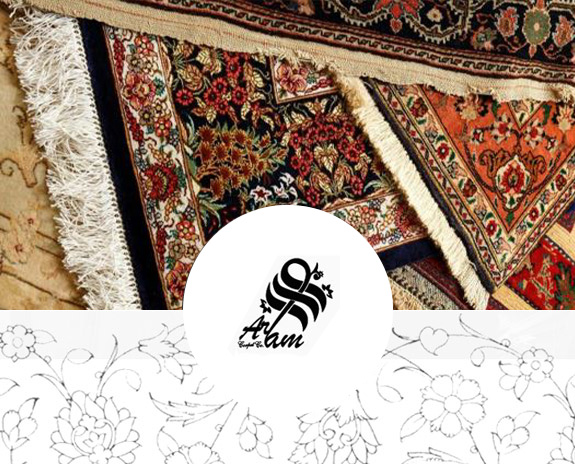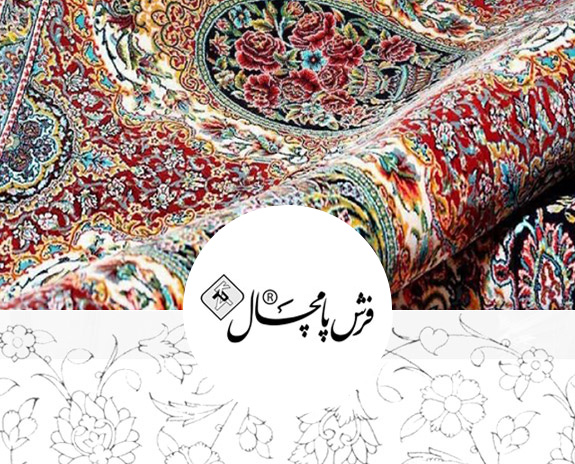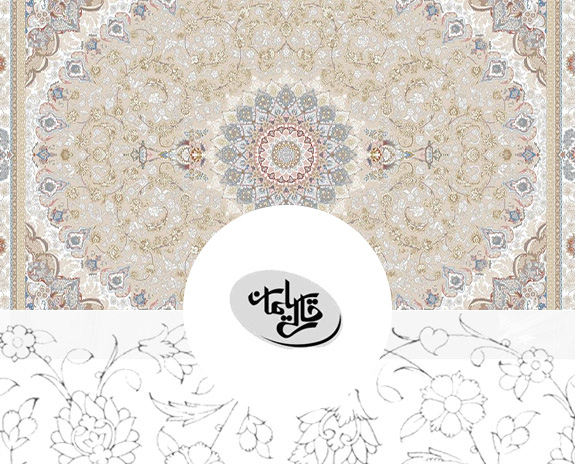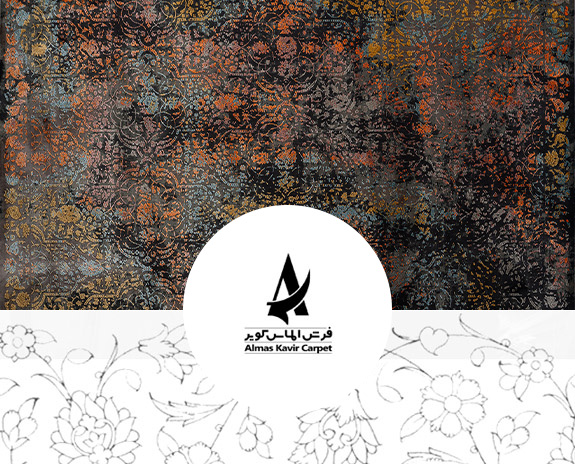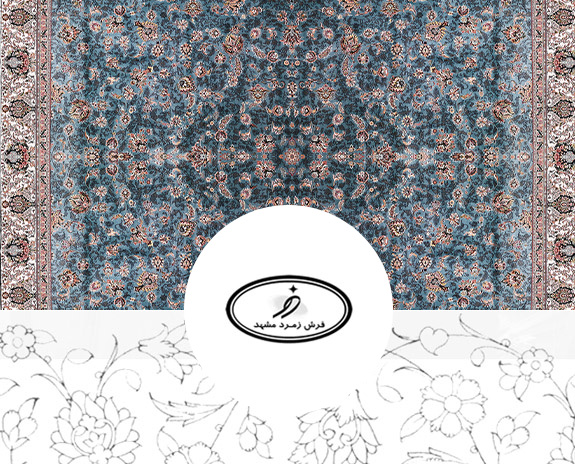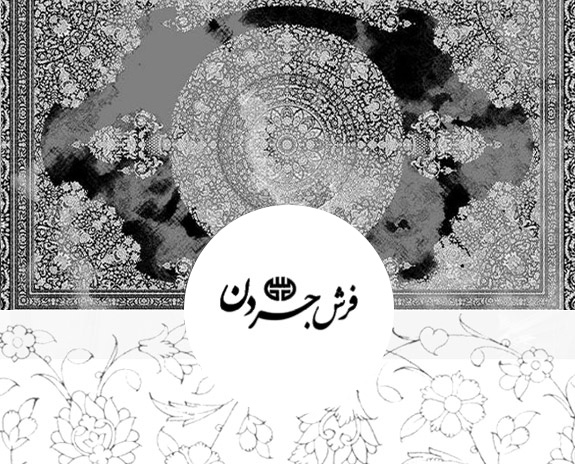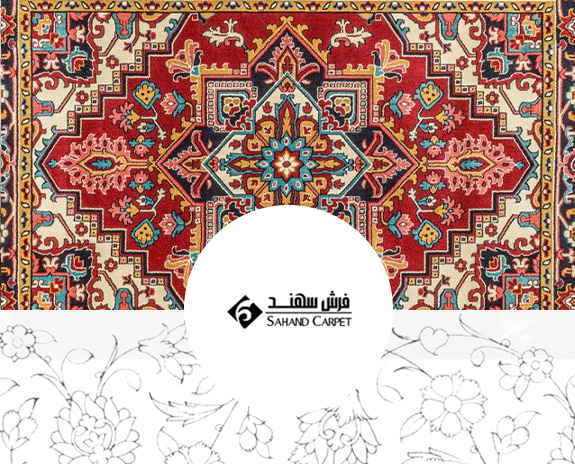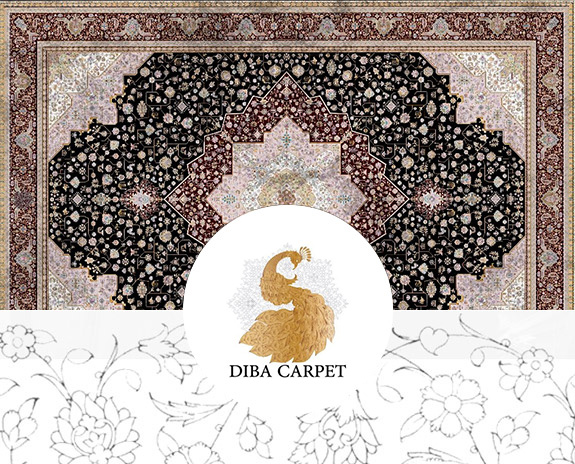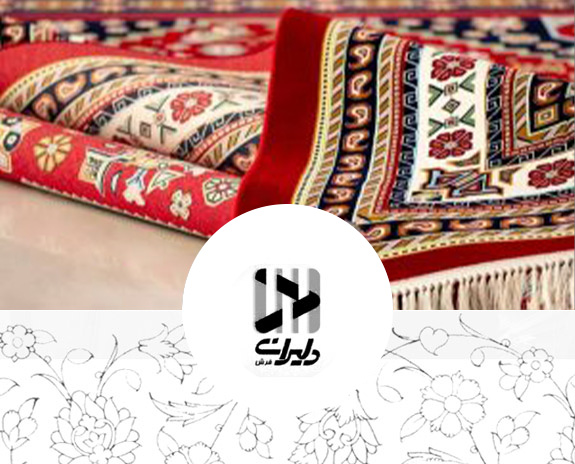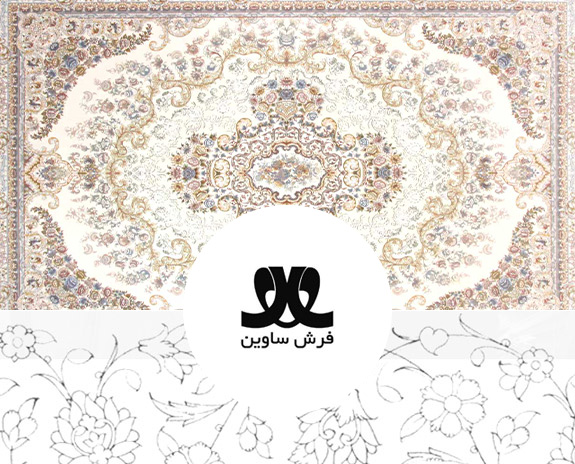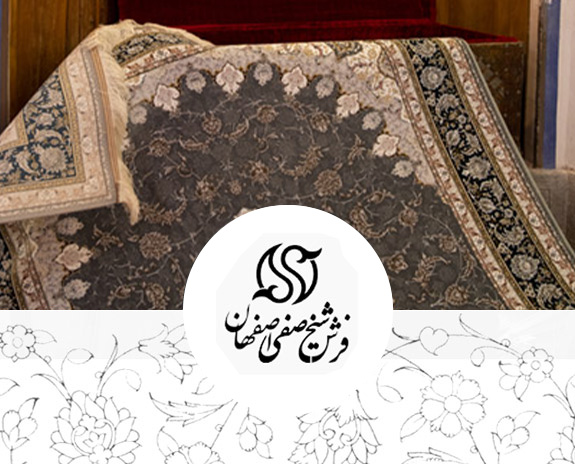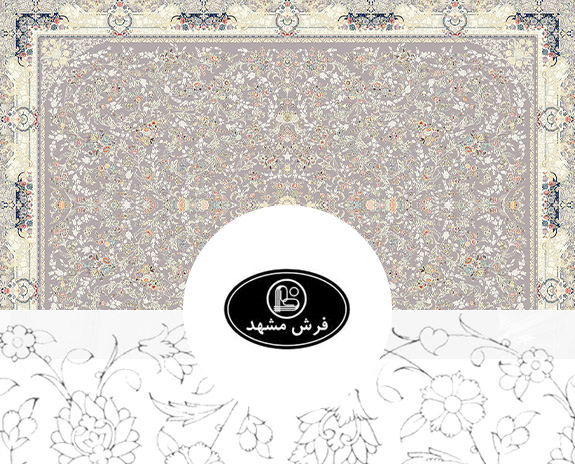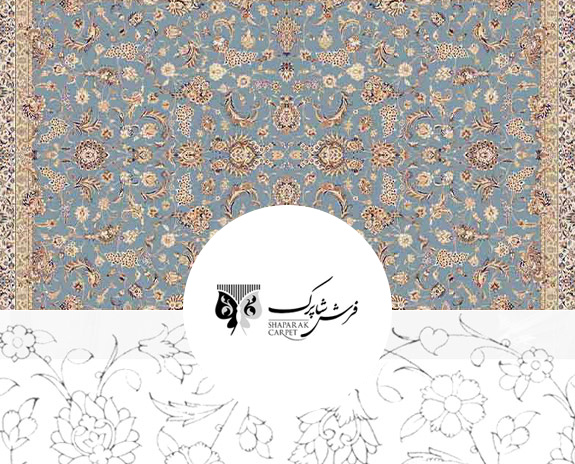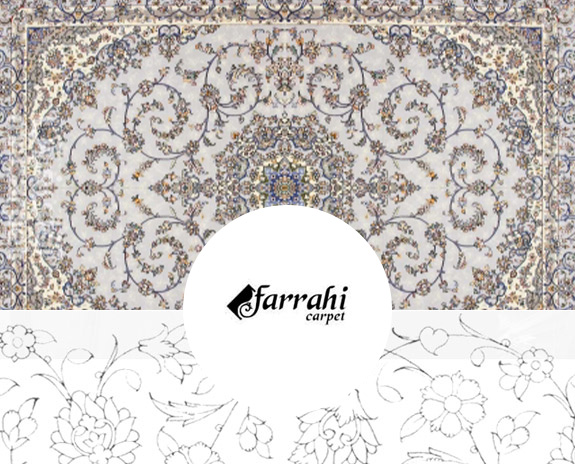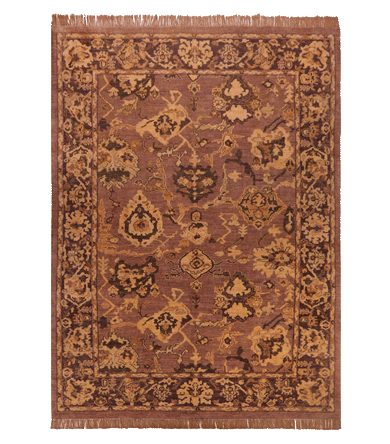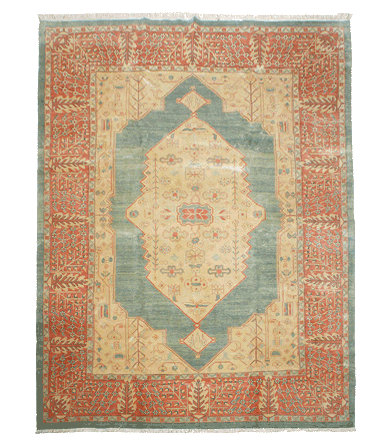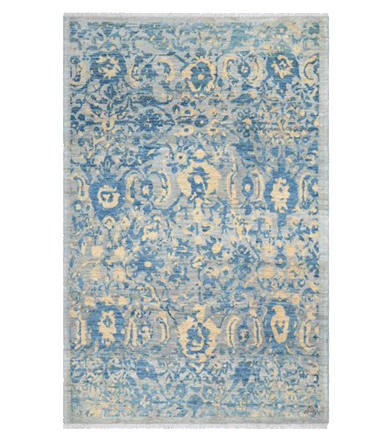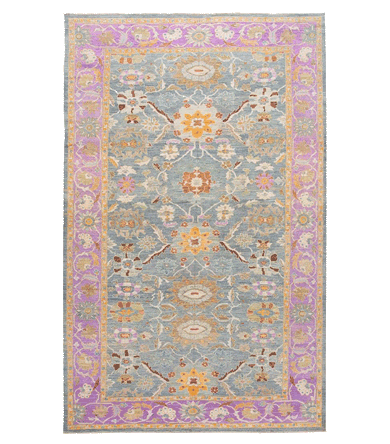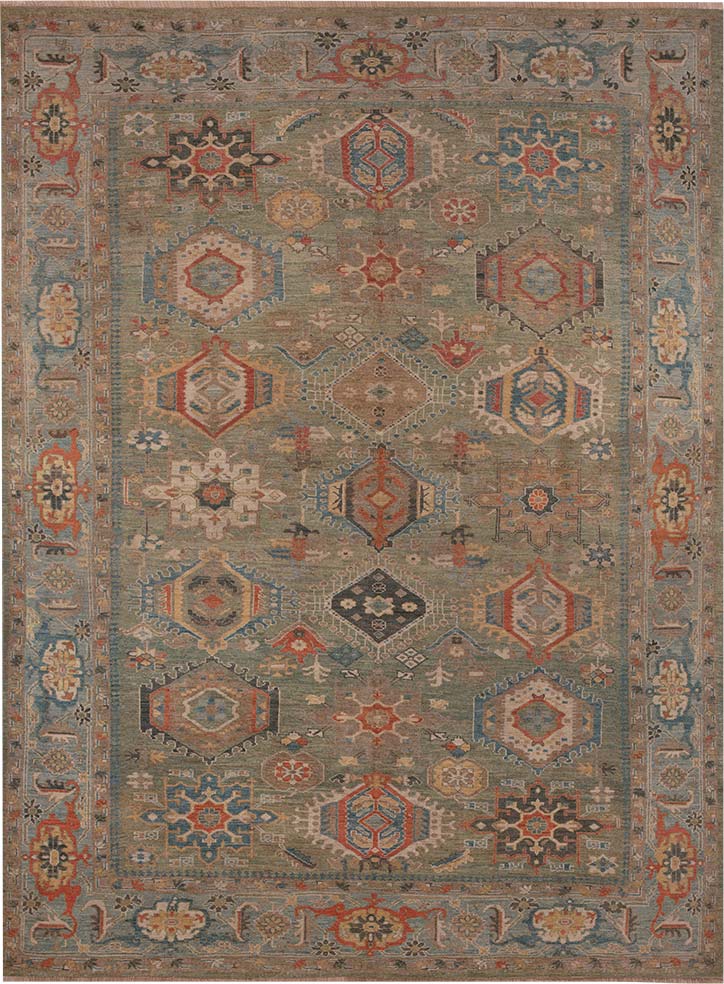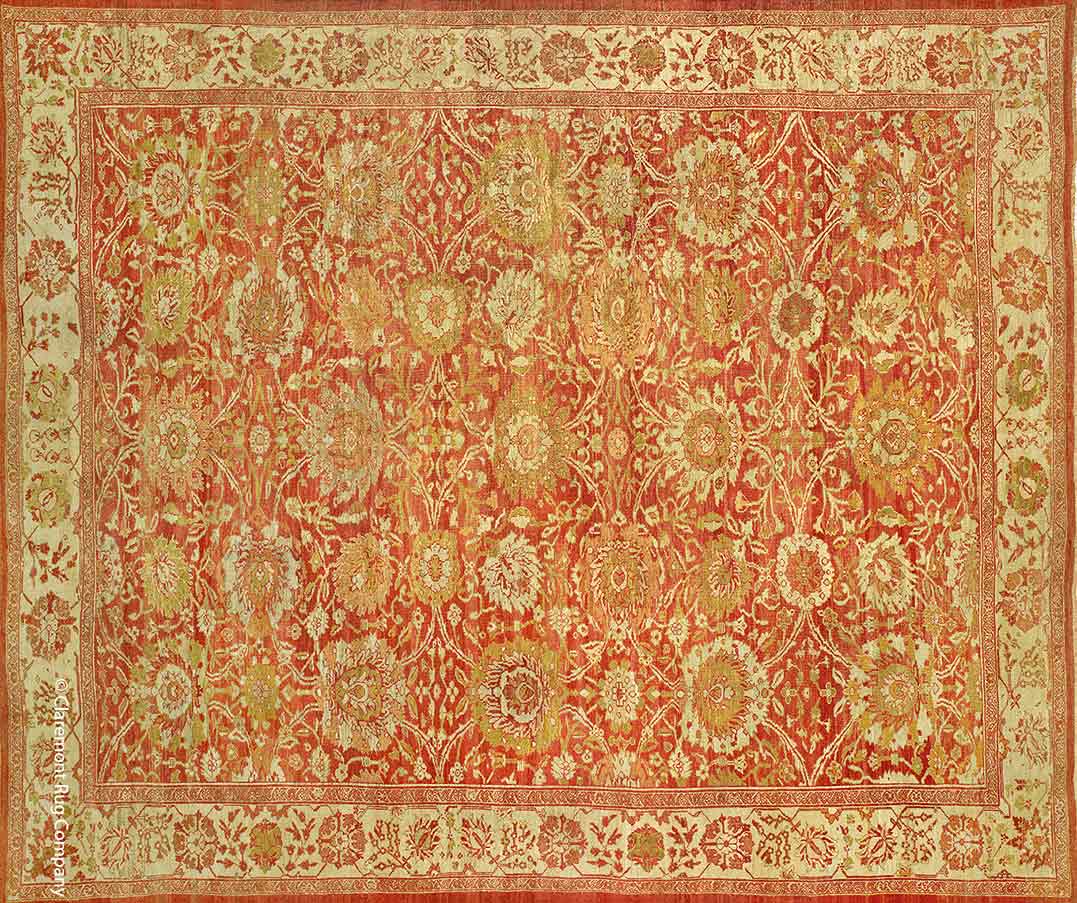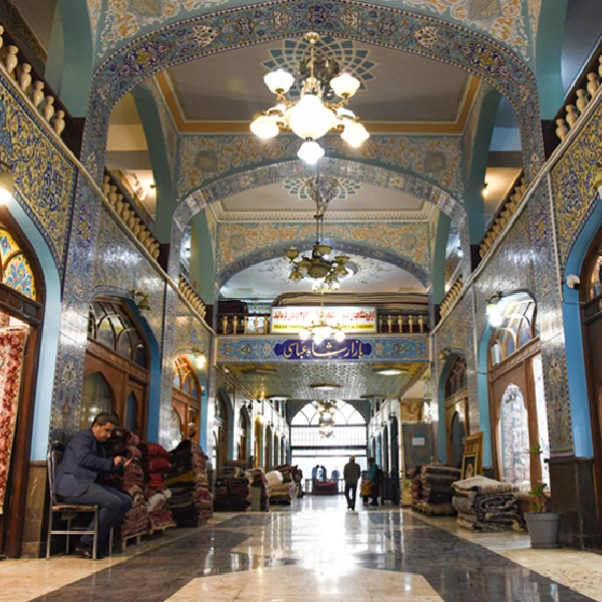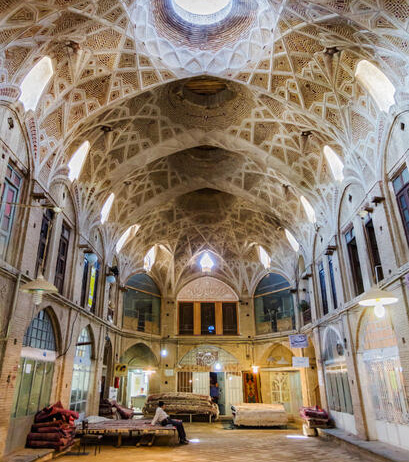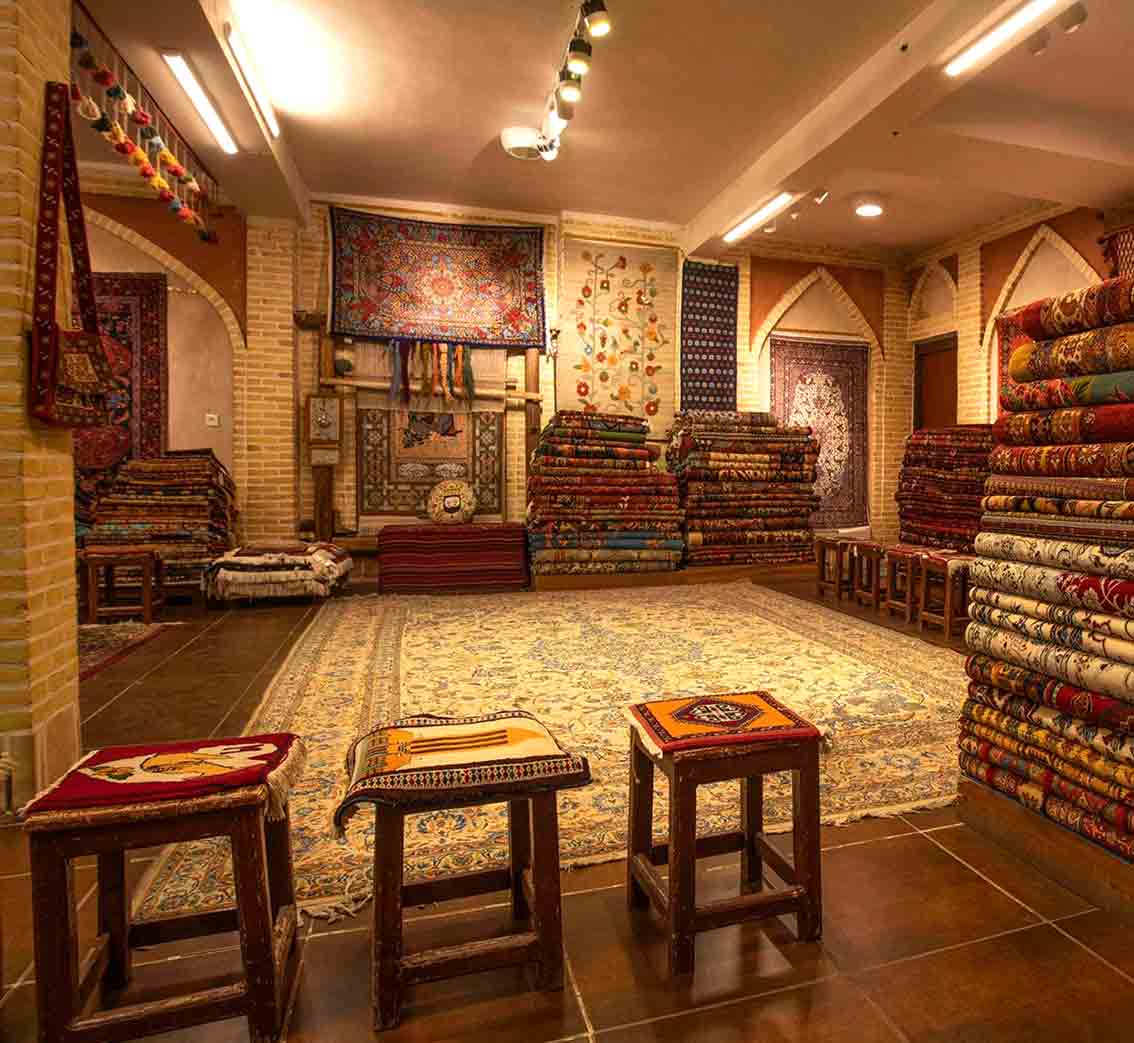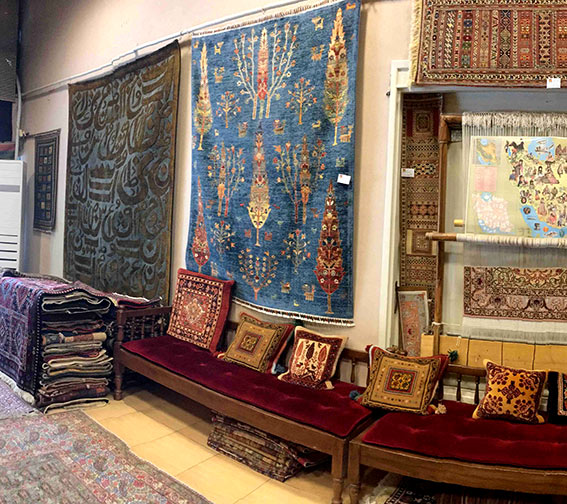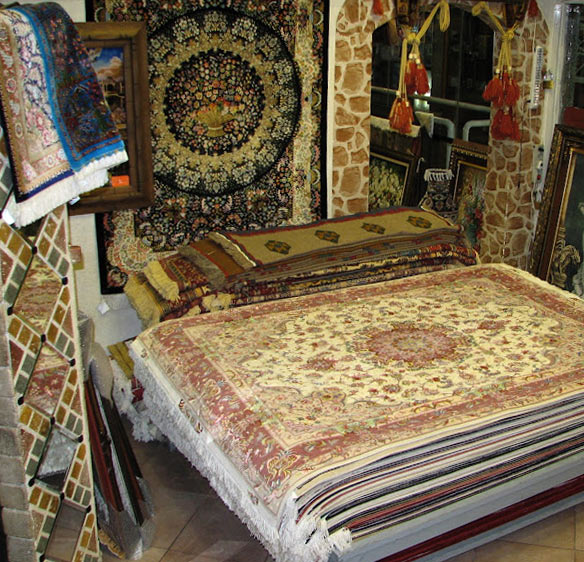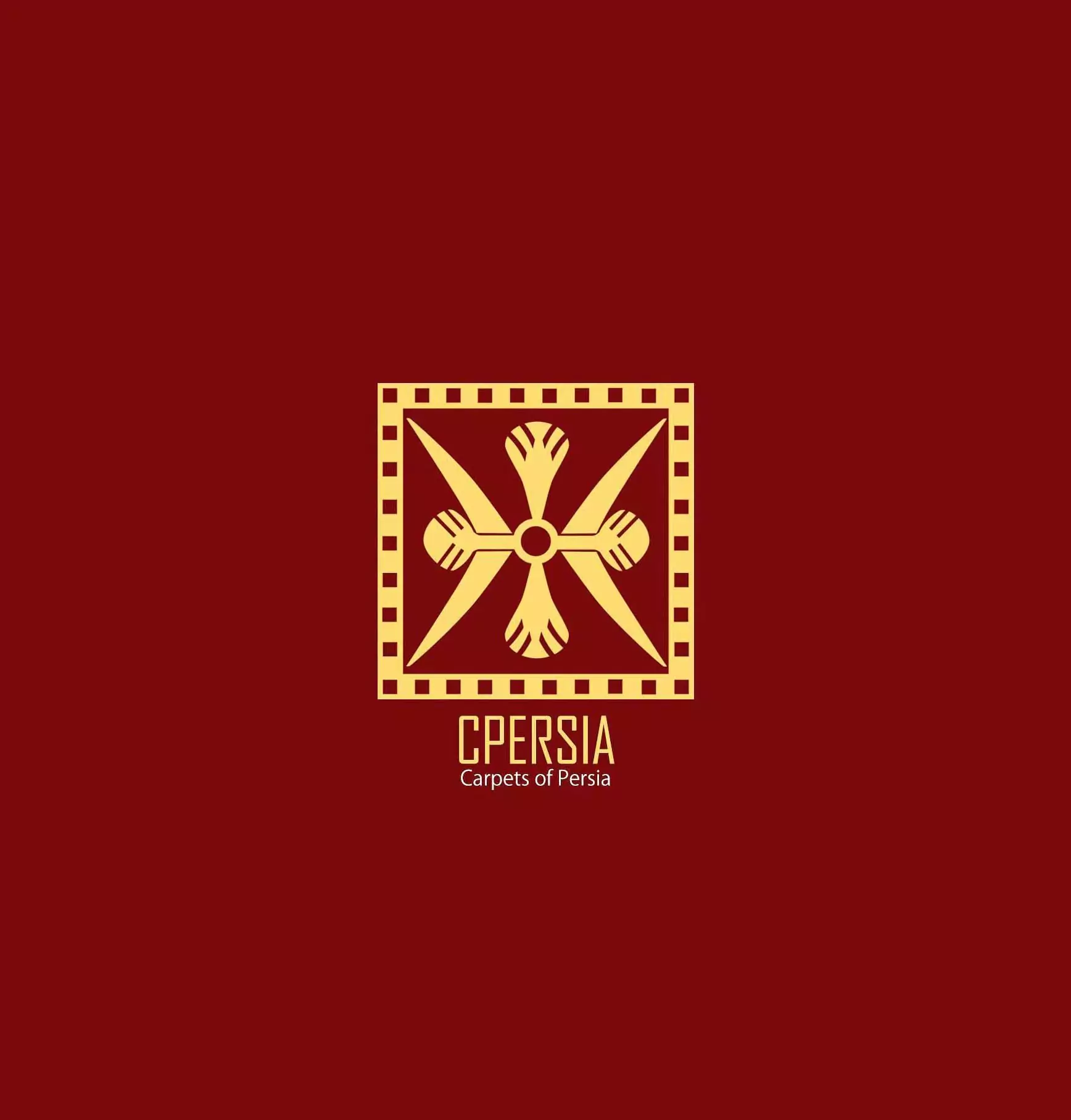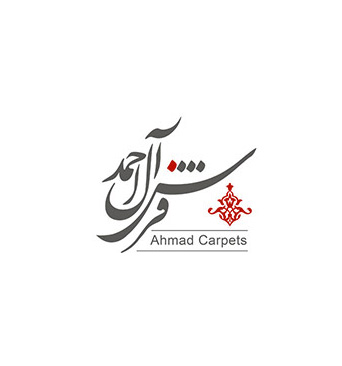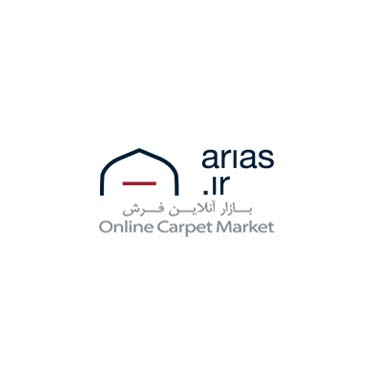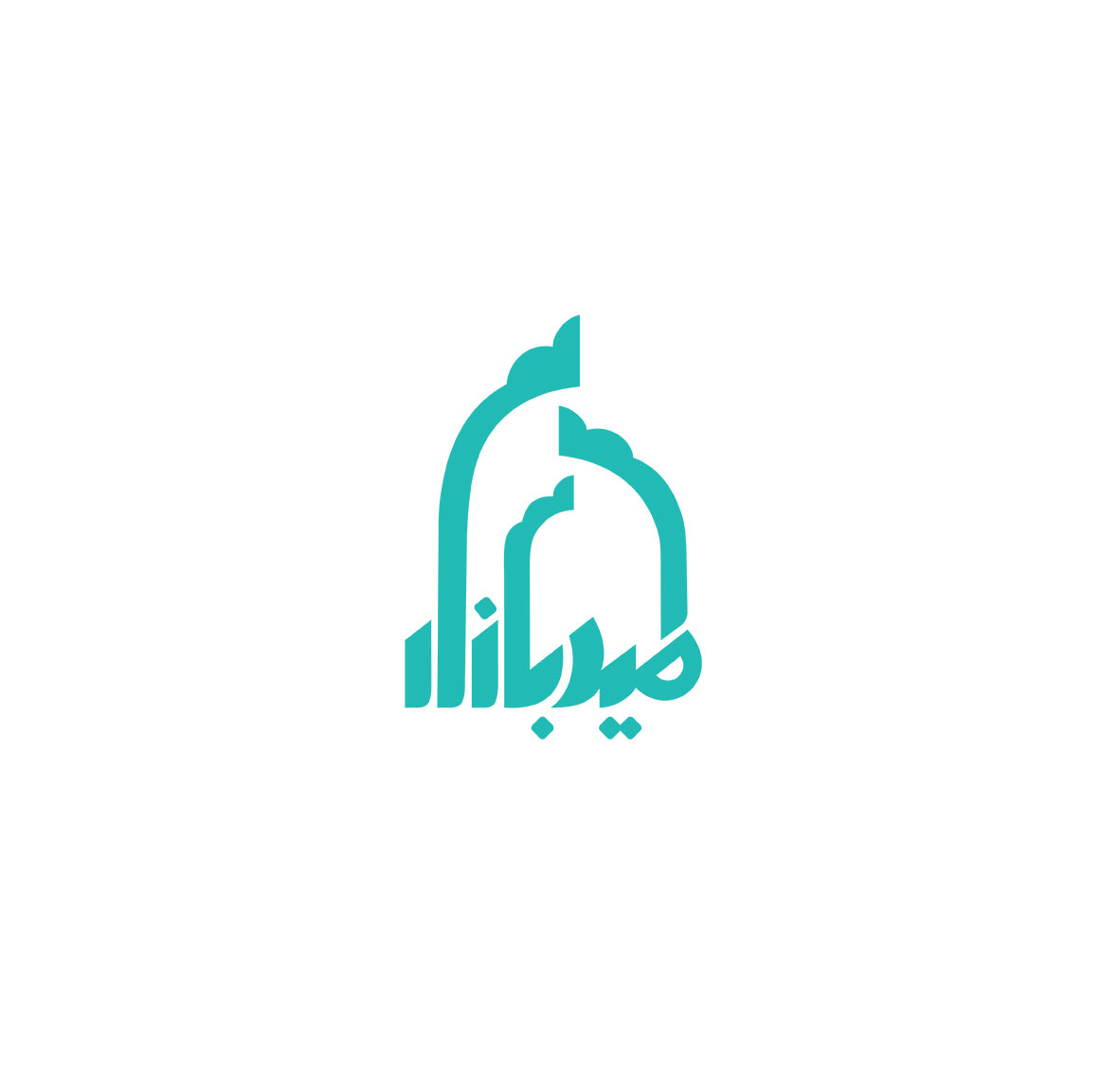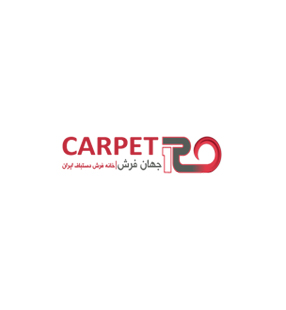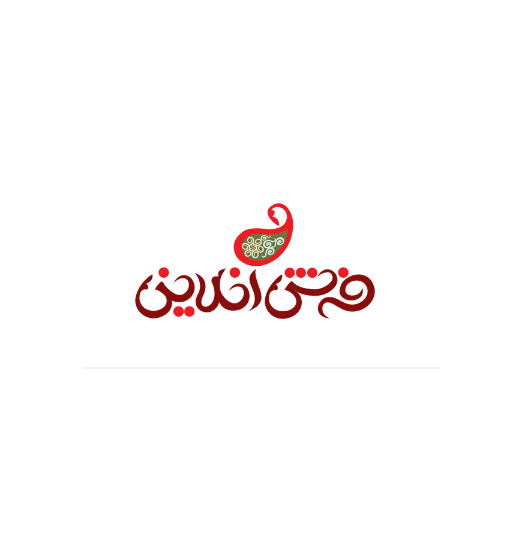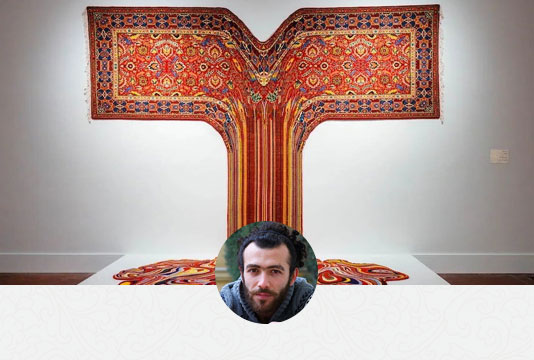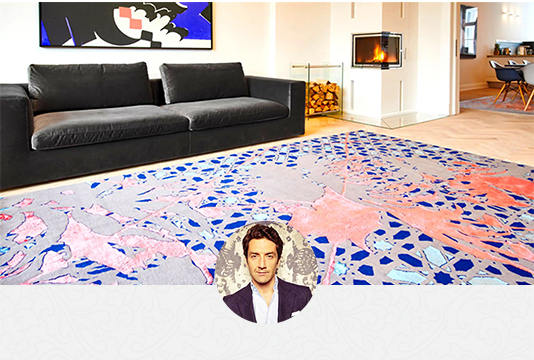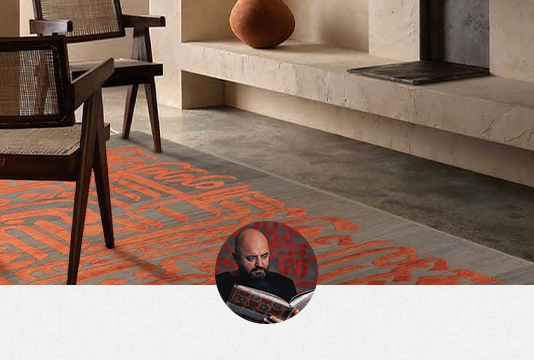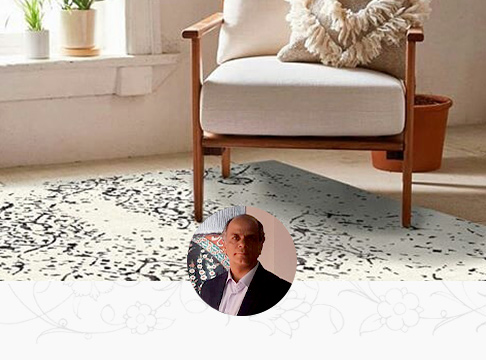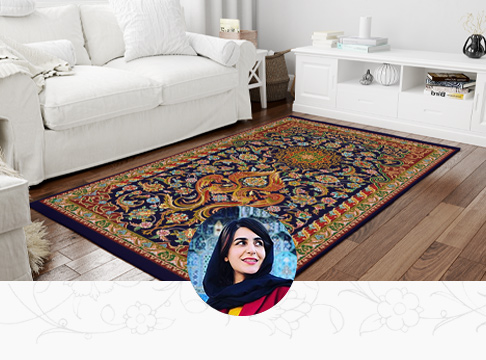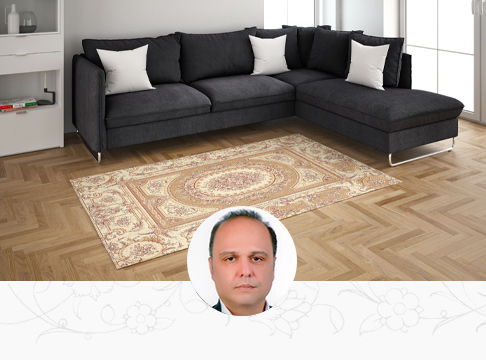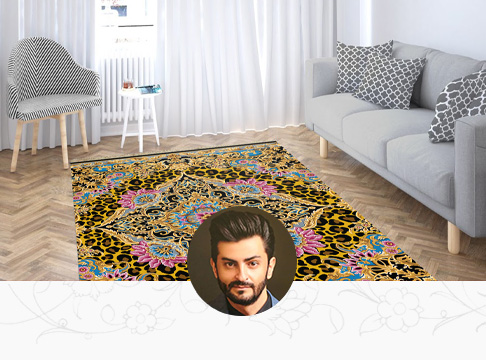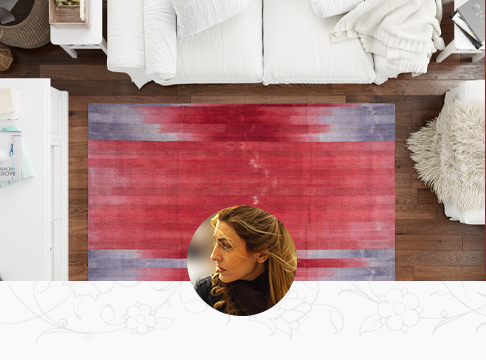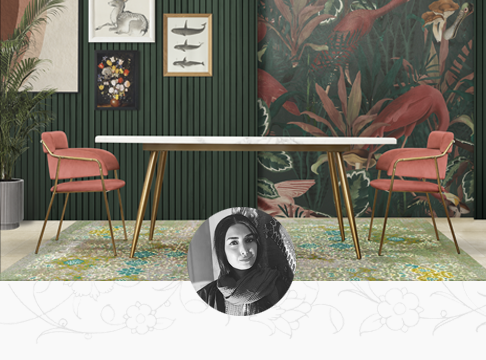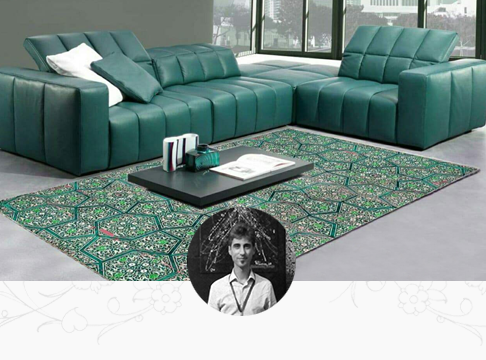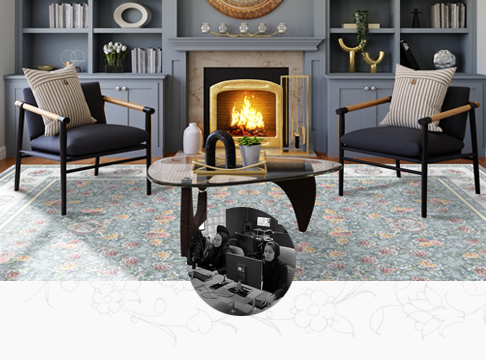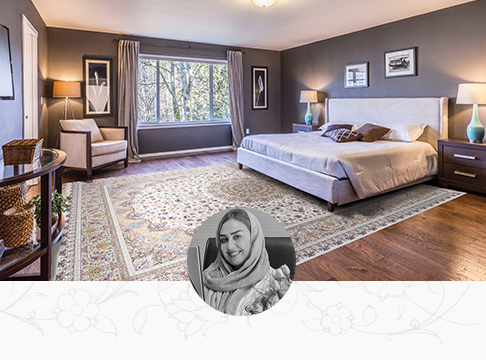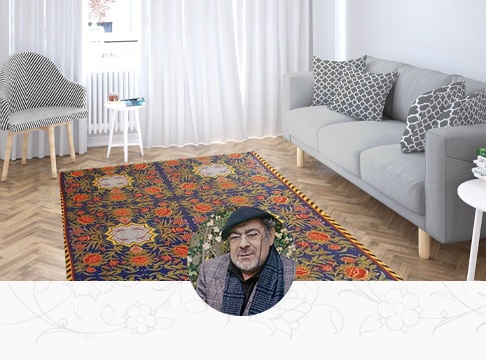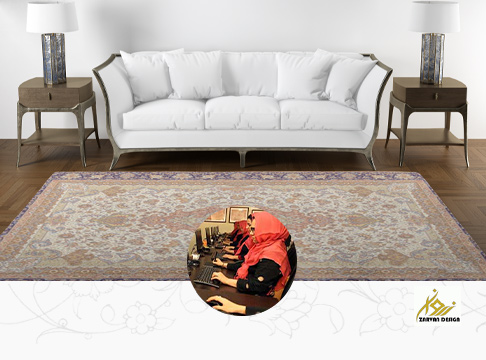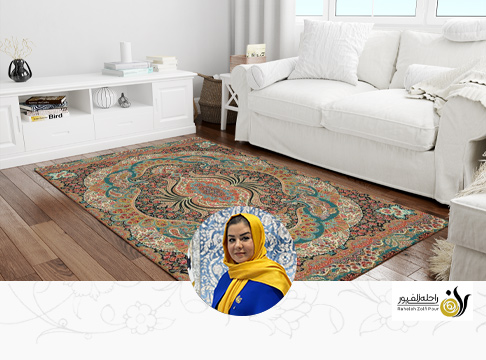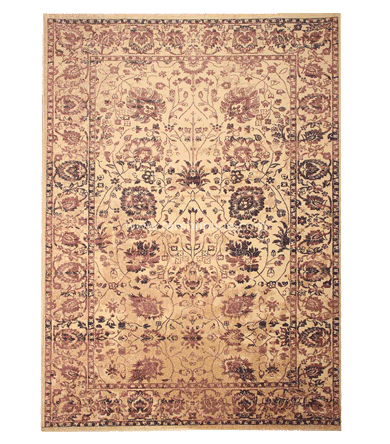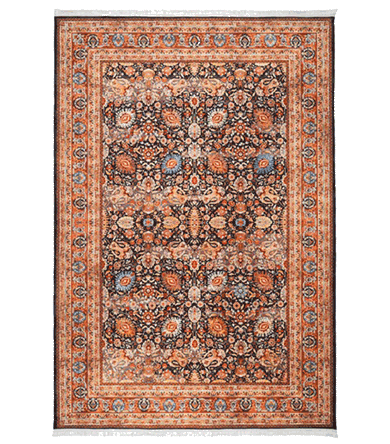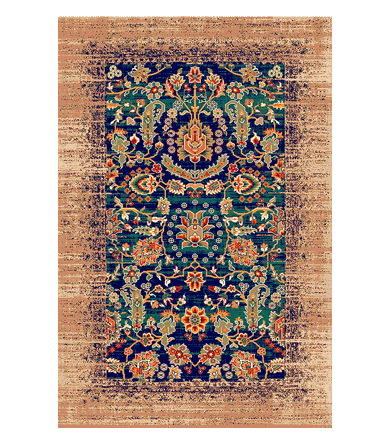Sultanabad rugs are the treasures of Arak city. The Iranian city of Arak is the capital of Markazi Province. It had a population of 526,182 people in 2011, divided into 160,761 households, according to the 2011 census. The city is known as Iran's "Industrial Capital." Arak, being a significant industrial city, is home to several industrial factories both inside the city limits and only a few kilometers outside. Arak rugs, also known as Arak carpets, are created in Iran's Arak region. Among various
styles, all carpets from Arak are Arak rugs; however, those labeled Sarouk are of the highest quality, while Arak is a more generic word for rugs of inferior quality.
Meshkabad was once the name for low-quality carpets, but these are now known as mahal or Arak. Arak rugs are substantially coarser knotted than
Sarouk rugs. Their motifs are similar, albeit poorly produced, and frequently include large flower medallions placed against broad fields. In 1883, the Manchester-based Anglo-Swiss business of
Ziegler and Company created a factory to produce Sultanabad carpets to match western tastes and desires. Western designers altered classical Persian designs for the first time, marking the first time Westerners directly impacted Persian designs (beyond influence through market demand).
Heriz and Serapi carpets are the most comparable to Sultanabad rugs, with the similarities due to the beautiful graphic aspect of the motifs. The Heriz/Serapis line work is usually more curvilinear and classical despite these similarities. Sultanabad rugs include allover motifs of palmettes and vine scrolls, similar to Persian carpets, but more prominent because of the larger, suppler weave. A rich rose-red was the most favored hue in the Sultanabad palette. The crimson dye was made by soaking the wool in madder and whey for two days, then scrubbing it with running water for almost another two days.
